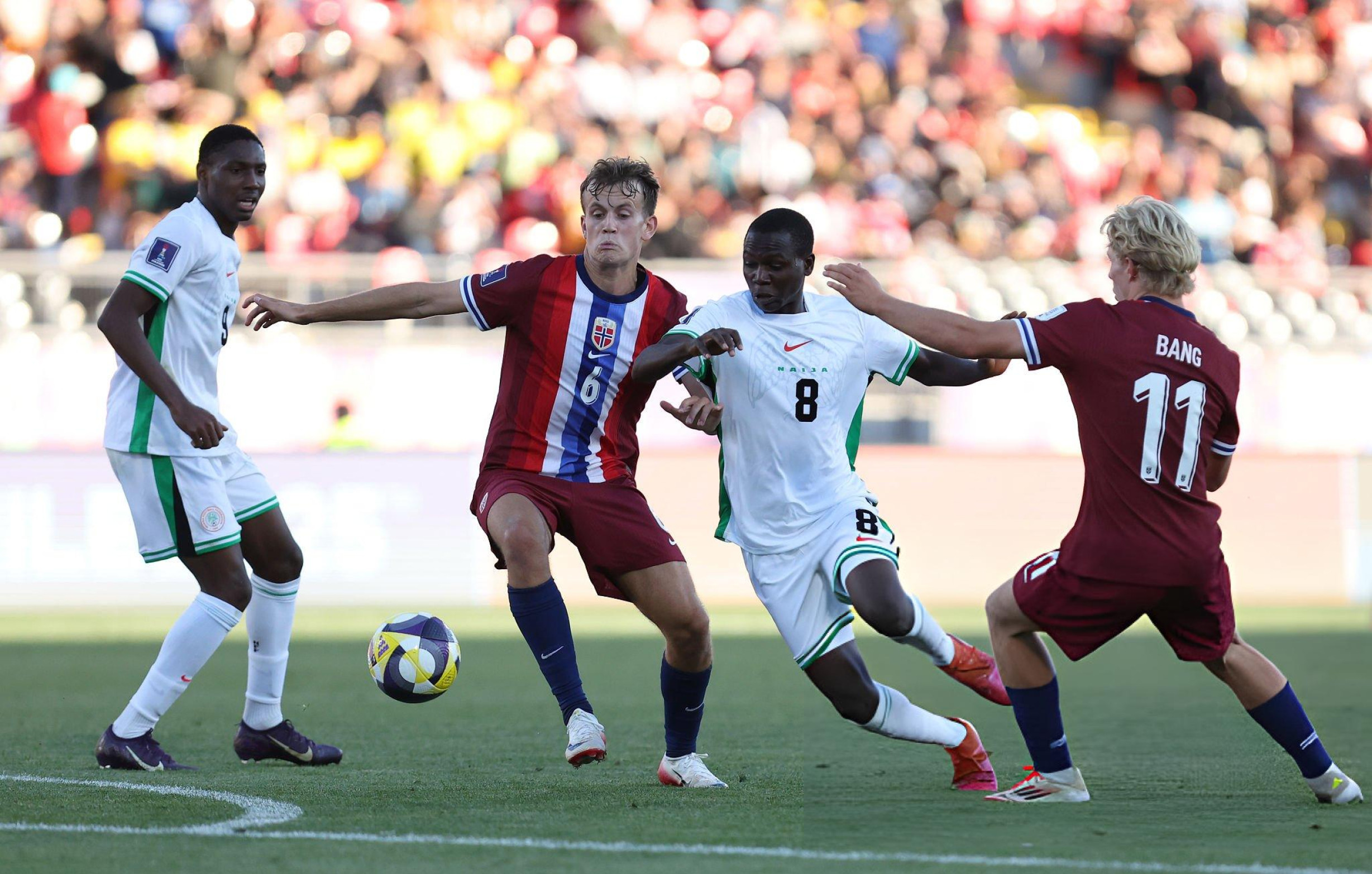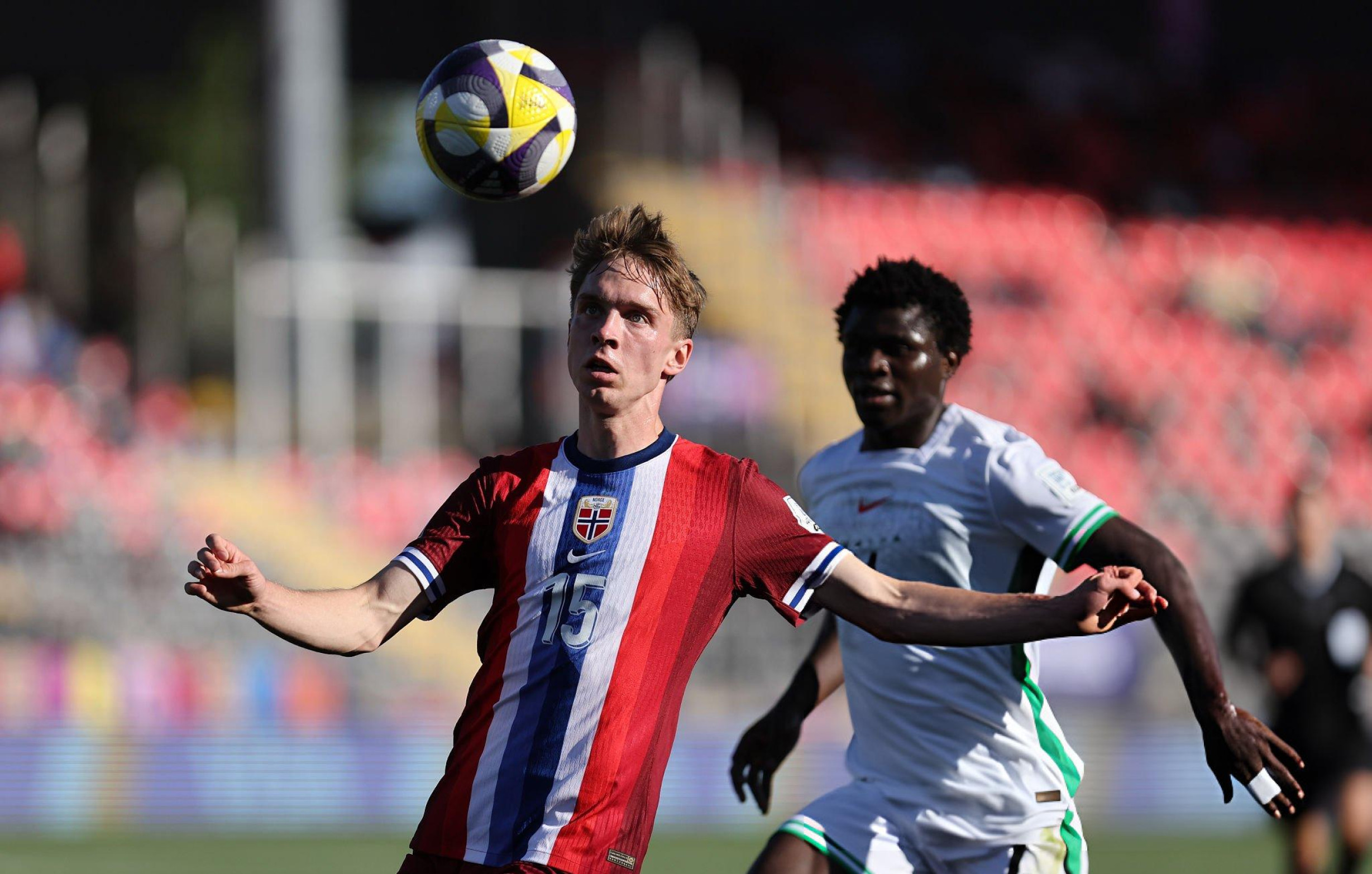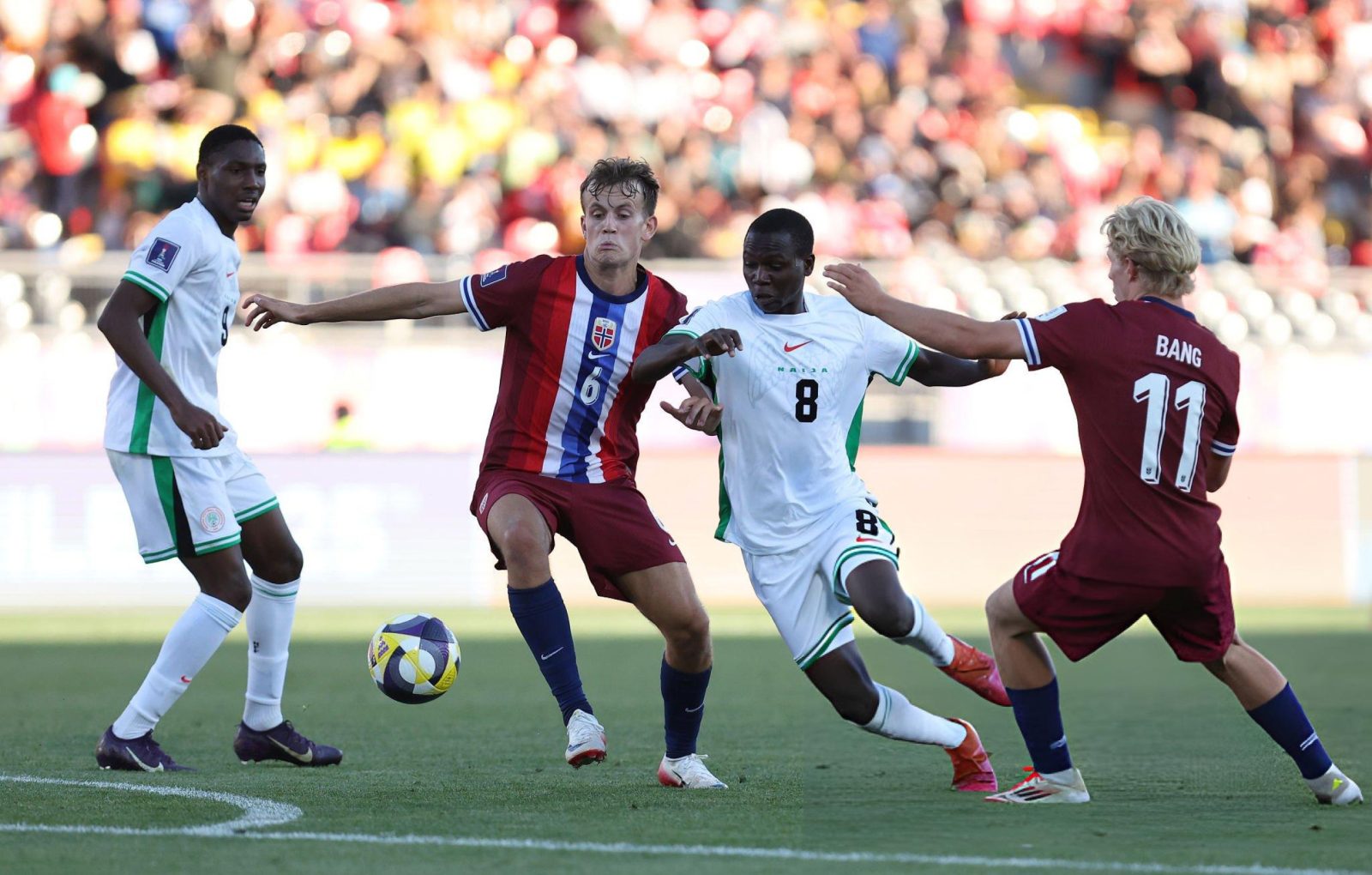Adequate nutrition during this growth window directly translates into taller, stronger, and more physically resilient young athletes.
By Tuka Letura
Step onto any football pitch where young players are competing, and one of the first things you notice is their skill, creativity, and instinct. But if you watch more closely, another difference quietly strikes you: the players’ bodies, and how those bodies shape the positions they play.
Some are tall, broad, and physically commanding. Others are leaner, lighter, and perhaps less imposing, despite displaying similar levels of skill, confidence, and football intelligence. It is a subtle disparity, yet one that can shape the outcome of a game.
This is not simply a matter of genetics or ethnic traits, because those are, to an extent, beyond control. It is something broader: nutrition. Public health experts have long stressed that a footballer’s physical foundation is not built at 16 or 17, when they join an academy or begin competing at elite levels. It is formed much earlier, through childhood diet, access to key nutrients, and consistent care during the formative years. Malnutrition at this stage can leave children with less muscle mass, lower stamina, and slower growth—effects that reveal themselves on the pitch and far beyond it.
These differences affect more than appearance or performance. They shape the opportunities available to young athletes, their development, and the fairness of competition when they face peers from other regions. This article explores how nutrition influences the physical outcomes of young footballers across Africa, why these disparities often become visible on international stages, and what they reveal about broader athletic development on the continent. The aim is not to diminish the achievements of African players, but to highlight a crucial and often overlooked factor in the journey from potential to performance, and to consider the possibilities if this nutritional gap is addressed.

Across Sub-Saharan Africa, chronic undernutrition remains widespread, and its effects are evident not only in health statistics but also in youth football. A 2024 systematic review published in BMC Nutrition reported high rates of stunting and wasting among adolescents, leading to delayed puberty, reduced lean body mass, and altered body composition. For young footballers, this often results in lighter frames, slower gains in strength, and diminished explosive power; physical differences that become apparent on the pitch.
Muscle strength offers another clear example. In Ethiopia, a study of children aged 5–7 found that those with moderate malnutrition had weaker grip strength and reduced power in key muscle groups such as the quadriceps and elbow flexors compared to their better-nourished peers. These measures directly relate to sprinting, jumping, shielding, and tackling in football. In competitive play, even small differences in strength can determine who wins a duel for the ball.
The physical disparities observed in Nigeria’s squad at the 2025 FIFA U-20 World Cup are not merely genetic. With an average height below 174 cm, compared to most teams exceeding 177 cm, and some even above 185 cm, the gap highlights deeper systemic issues. Even nations considered smaller in stature, such as Japan, averaged 177 cm, surpassing Nigeria. Evidence also shows that Nigerians raised abroad often achieve taller average heights, underscoring that environmental factors—particularly childhood nutrition—play a decisive role in physical development.
In modern football, where aerial duels, reach, and physical presence are critical, such differences are evident on the pitch. Nigeria’s struggles with aerial attacks and defending crosses reflect these underlying physical limitations, which are directly linked to nutritional deficiencies.
A 2024 systematic review of Nigerian adolescents revealed widespread shortfalls in protein, iron, zinc, calcium, and vitamins A and D—nutrients essential for muscle growth, bone strength, and oxygen transport. Without adequate intake, young athletes face reduced endurance, slower sprinting, lower jumps, and slower recovery, all of which undermine competitive performance.
These nutritional challenges are especially critical during adolescence, a period of rapid growth and physical development. Many young Nigerians, along with peers in several other Sub-Saharan African nations, lack consistent access to essential nutrients such as high-quality protein, iron, zinc, calcium, and vitamins A and D.
Protein from sources such as eggs, milk, lean meat, and legumes is vital for muscle growth. Iron, found in red meat, fish, and leafy greens, supports oxygen transport, stamina, and recovery. Zinc, abundant in nuts, seeds, and whole grains, is important for growth and immune function. Calcium and vitamin D, available in dairy products, fortified foods, and through sunlight exposure, are crucial for bone density and height development. Vitamins A and C, from fruits and vegetables, promote healthy tissue growth and help adolescents resist illness.

In a stronger economy, nutrient-rich foods become more affordable and widely accessible. Families can provide adolescents with balanced diets that meet their increased caloric and micronutrient needs. Adequate nutrition during this growth window translates directly into taller, stronger, and more physically resilient young athletes.
Proper intake of protein and iron improves muscle mass, speed, and endurance. Sufficient calcium and vitamin D support longer bone growth, aiding height and reach, while zinc and vitamins A and C enhance recovery, immune function, and overall physical robustness.
For adolescent footballers, these improvements are critical. Better-nourished players can jump higher for headers, sustain sprinting speed throughout a match, recover more quickly between training sessions, and withstand physical challenges from taller, stronger opponents.
Nigeria’s footballing potential is therefore closely tied to the nation’s economic health. Policies that raise household income, lower food prices, and expand access to nutrient-dense foods are vital to the future of athletes. In this way, young players are better equipped to compete on equal footing with their global peers. Addressing adolescent malnutrition is a direct investment in both individual development and national sporting success.
Tuka Letura is an experienced sports writer with over six years of experience in the craft. He uses data and statistics to provide analysis and commentary. From regional to worldwide competitions, he has covered a wide range of sports-related events and topics. He is devoted to sharing his enthusiasm for sports with his audience and engaging them with interesting anecdotes and viewpoints.




